Got the lens at home and tried it.
Now this is a hard lens to work with, at least for a newbie like me. On A and S it was just showing F--, so after trying all the settings it only works on M. A pro would have known but a newbie like me only with trial and error.
Have not figured out how to get it right, I am getting used to focusing on moving objects, but took some photos already.
The ladybird was found on top of the emersed riccia, it was later placed on the garden:
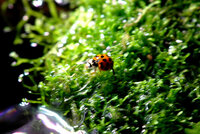
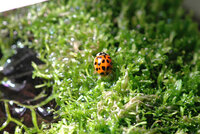
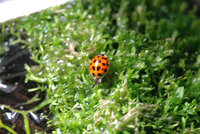
Ludwigia Arcuata trying to grow out of the water:
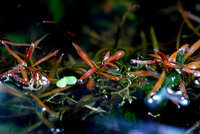
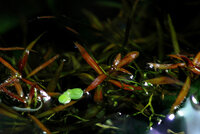
Now this is a hard lens to work with, at least for a newbie like me. On A and S it was just showing F--, so after trying all the settings it only works on M. A pro would have known but a newbie like me only with trial and error.
Have not figured out how to get it right, I am getting used to focusing on moving objects, but took some photos already.
The ladybird was found on top of the emersed riccia, it was later placed on the garden:



Ludwigia Arcuata trying to grow out of the water:




